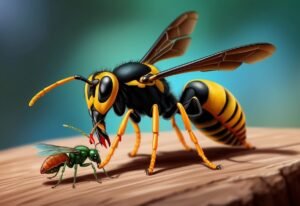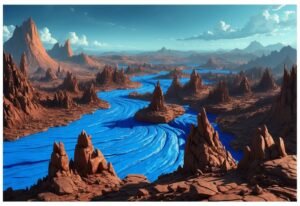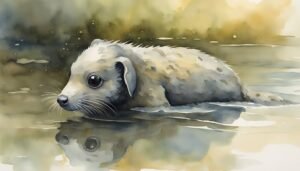Vikings in Greenland: Surprising Discoveries from the Icy Frontier

Vikings, led by Erik the Red, settled Greenland in the late 980s CE; they farmed, built churches, and explored North America until their decline in the 1400s due to a long dry spell.

Vikings, led by Erik the Red, settled Greenland in the late 980s CE; they farmed, built churches, and explored North America until their decline in the 1400s due to a long dry spell.

Tarantulas, part of the Theraphosidae family with over 900 species, are docile, sensory spiders using setae for detection; they have unique traits like long lifespan and leg-regeneration.

The Asian giant hornet, known as the 'murder hornet,' is a large, aggressive insect recently found in North America, threatening local honeybee populations.

Most adult sharks live for 20-30 years, but lifespans vary by species, with some, like the Greenland shark, living over 500 years.

Scientists estimate the Milky Way contains between 100-200 billion planets, ranging from gas giants to rocky worlds, some possibly habitable.

Leonardo da Vinci integrated art with mathematics, applying concepts like perspective and the golden ratio to masterfully create depth and proportion in his works.

Krill are key marine species, crucial for food chains and nutrient cycles, affecting various predators and global marine health.

Blue lava, a visual effect from burning sulfur gas present at some volcanoes like Kawah Ijen in Indonesia, appears electric-blue at night but is not actual lava.

Penguins are specialized aquatic, flightless birds adapted for life in water and varied habitats across the Southern Hemisphere.

The mudpuppy is a unique North American salamander that retains juvenile features into adulthood and requires specific aquatic habitats.